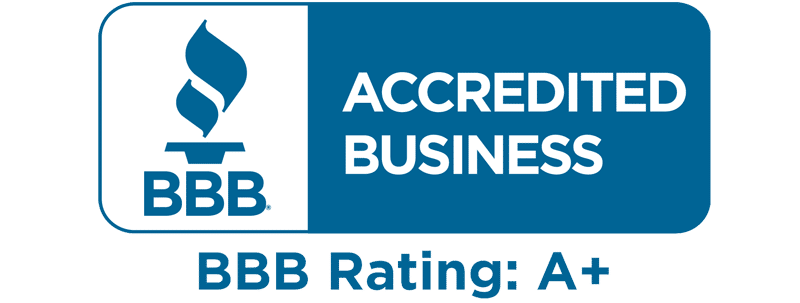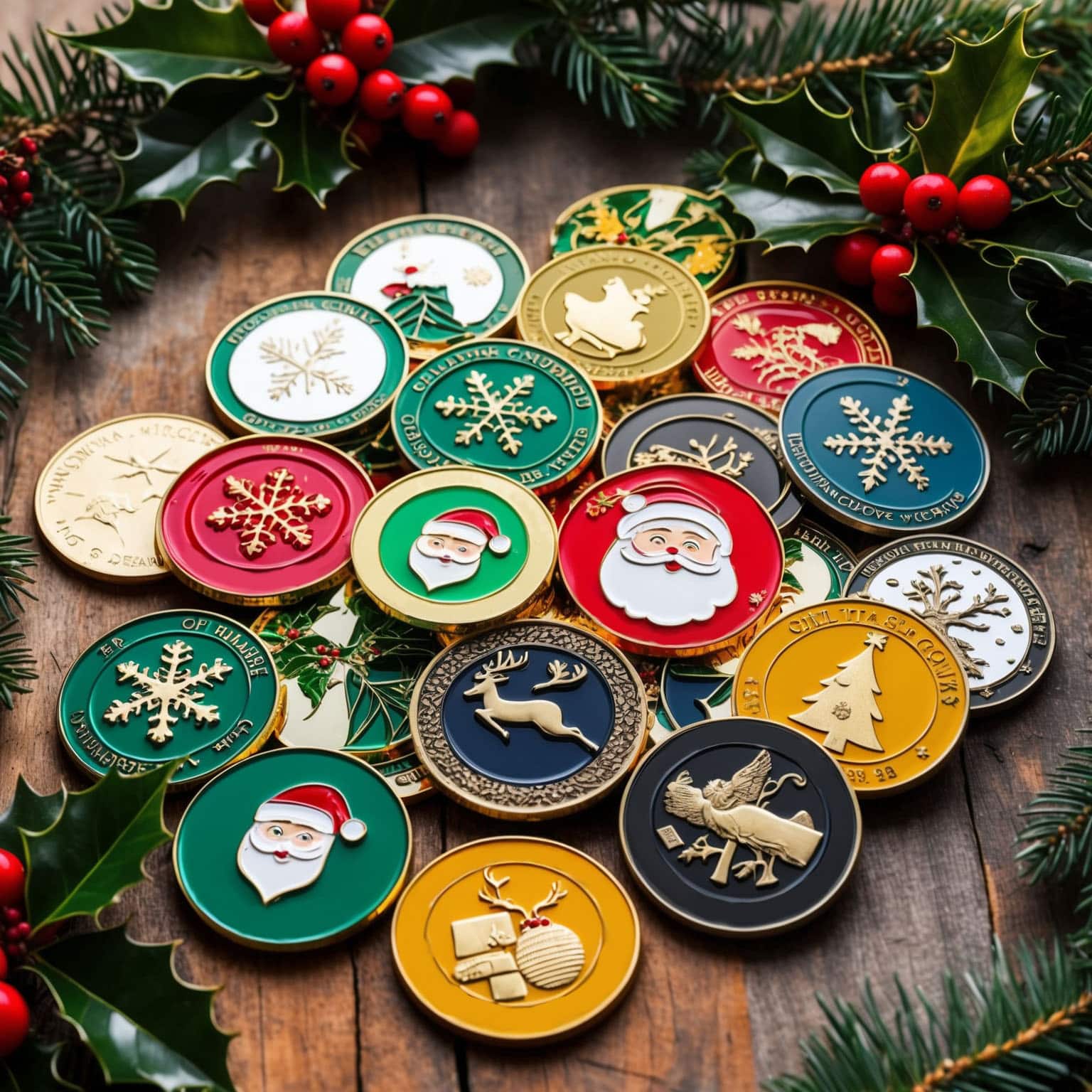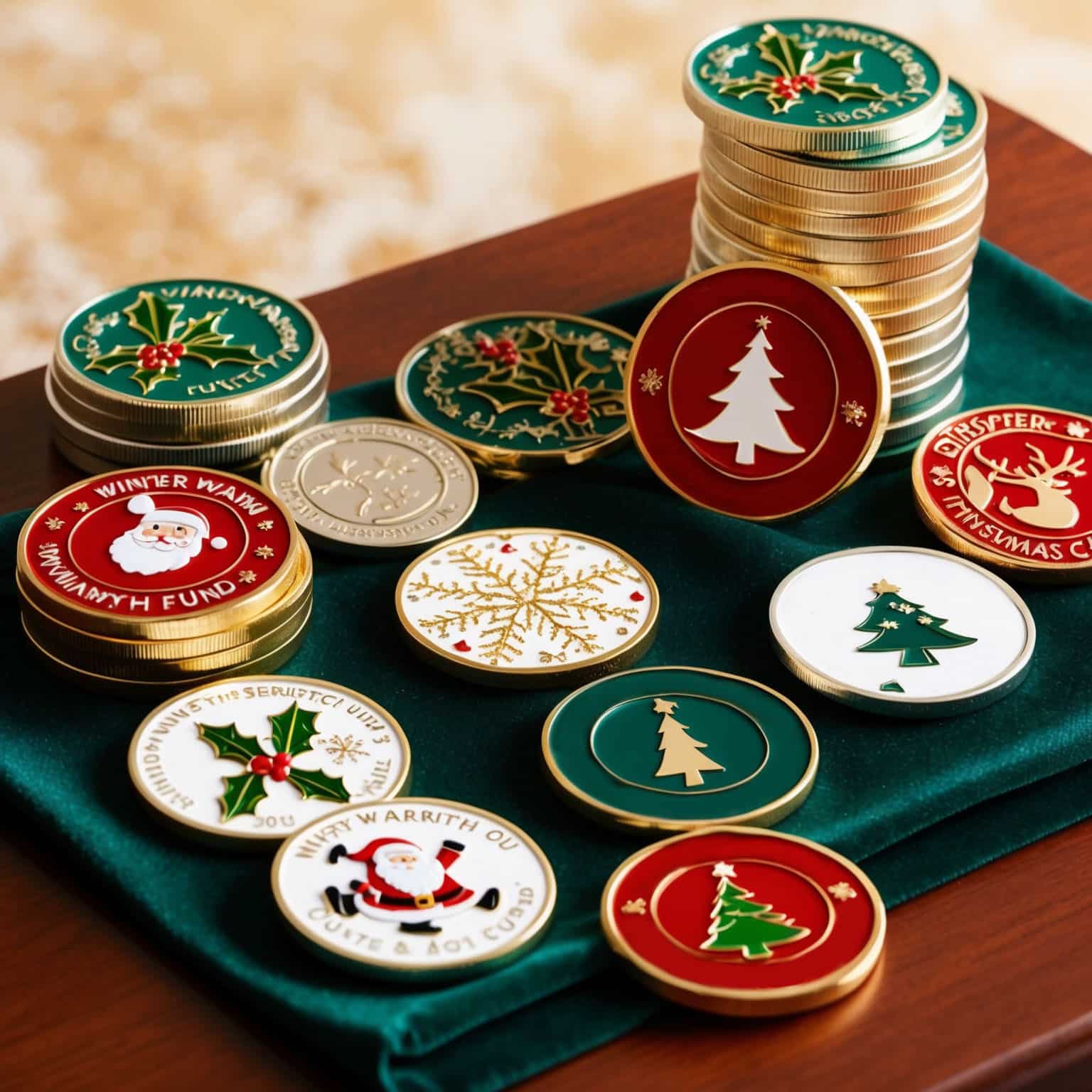Challenge coins have long been a symbol of unity, achievement, and pride. Rooted in military tradition, these coins have transcended their origins to become powerful tokens of recognition and camaraderie in various sectors, including professional associations. When designed thoughtfully, challenge coins can encapsulate the values, history, and mission of an organization, serving as a lasting reminder of membership and shared purpose.
In this comprehensive guide, we’ll explore the journey of designing challenge coins for professional associations, focusing on the importance of symbolism in creating coins that resonate with members. From initial concept development to the final production, we’ll cover every step in the process, ensuring that your challenge coins not only look great but also carry deep meaning.
The Significance of Challenge Coins in Professional Associations
The Role of Challenge Coins in Professional Associations
Challenge coins serve multiple purposes within professional associations. They can be used to:
- Recognize Achievements: Challenge coins are often awarded to members who have made significant contributions to the association, achieved professional milestones, or demonstrated exemplary service.
- Foster Unity: By distributing challenge coins, associations can reinforce a sense of belonging and shared purpose among members. These coins symbolize membership in a community of professionals who share common goals and values.
- Commemorate Events: Challenge coins can be created to commemorate special events, such as annual conferences, anniversaries, or the completion of major projects. These coins serve as mementos that members can keep to remember the occasion.
- Promote Values: The symbolism embedded in a challenge coin’s design can reflect the core values of the association, reminding members of the principles that guide their professional conduct and decision-making.
The Power of Symbolism in Challenge Coins
Symbolism is a critical element in the design of challenge coins. The symbols chosen for the coin should resonate with the association’s mission, history, and values, creating a connection between the coin and its meaning.
- Cultural and Historical Significance: Symbols that reflect the cultural and historical background of the association can deepen the coin’s meaning. For example, an association with a long history might include symbols from its founding era, while a modern organization might incorporate imagery that reflects its innovative spirit.
- Representation of Values: The symbols on a challenge coin should align with the values the association wishes to promote. Whether it’s integrity, leadership, collaboration, or excellence, these values can be expressed through carefully chosen imagery.
- Connection to Membership: The coin’s design should also reflect the identity of the members. This could involve using symbols that are relevant to the profession or industry the association represents, ensuring that the coin feels personal and meaningful to those who receive it.
Step 1: Concept Development – Defining the Purpose and Message
The first step in designing a challenge coin is to clearly define its purpose and the message it should convey. This involves understanding the specific goals of the coin and how it will be used within the association.
Determining the Purpose of the Challenge Coin
- Membership Recognition: If the coin is intended to recognize membership, the design should emphasize the sense of belonging and unity within the association. This might include the association’s logo, motto, or other elements that represent membership.
- Achievement and Awards: For coins that recognize specific achievements or awards, the design should highlight the nature of the accomplishment. This could involve symbols related to the award, such as a laurel wreath for excellence or a torch for leadership.
- Commemoration of Events: Coins created to commemorate events should include elements that represent the occasion, such as dates, locations, and event themes. These coins should serve as a lasting reminder of the event and its significance to the association.
- Promotion of Values: If the coin is meant to promote the association’s values, the design should focus on symbols that embody these principles. The goal is to create a coin that serves as a visual representation of the values members are expected to uphold.
Crafting the Message
Once the purpose of the coin is clear, the next step is to craft the message. This message should be concise and meaningful, capturing the essence of what the coin represents.
- Text Elements: Consider including text elements such as the association’s name, motto, or key dates. These elements provide context and reinforce the message of the coin.
- Symbolic Imagery: Choose symbols that align with the message you want to convey. These could be abstract symbols, like stars or flames, or more specific imagery, such as tools of the trade, industry icons, or historical references.
- Balance of Elements: Ensure that the text and imagery work together harmoniously. The design should be balanced and not overcrowded, allowing each element to stand out and contribute to the overall message.
Step 2: Selecting Symbolism – Choosing Symbols that Resonate
Symbolism is at the heart of a meaningful challenge coin. The symbols you choose should resonate with the association’s members and reflect the values, history, and mission of the organization.
Identifying Relevant Symbols
To identify relevant symbols, consider the following aspects of the association:
- Industry and Profession: Think about symbols that represent the industry or profession that the association serves. For example, a medical association might use symbols like the caduceus or a stethoscope, while an engineering association might incorporate gears or a compass.
- Historical Background: Explore symbols that reflect the association’s history or the history of the profession. This could include dates of significance, historical figures, or traditional imagery that has been associated with the profession over time.
- Core Values: Identify symbols that represent the core values of the association. For example, a symbol of a torch might represent leadership, while a handshake could symbolize collaboration and partnership.
- Geographical Significance: If the association has ties to a specific region, consider incorporating geographical symbols, such as landmarks, maps, or native flora and fauna. This adds a layer of local pride to the coin’s design.
Examples of Symbolic Imagery
- Laurel Wreath: Traditionally used to symbolize victory and honor, the laurel wreath is a common element in challenge coins that recognize achievement and excellence.
- Stars: Stars are versatile symbols that can represent guidance, excellence, or outstanding contributions. They can also be used to signify rank or level within the association.
- Eagles: The eagle is often associated with strength, freedom, and leadership. It’s a powerful symbol that can convey the qualities the association values in its members.
- Books and Scrolls: Symbols of knowledge and learning, books and scrolls are appropriate for associations focused on education, research, or intellectual achievement.
- Tools of the Trade: Including tools or objects specific to the profession, such as hammers, scales, or microscopes, can make the coin feel more personal and relevant to the members.
Integrating Multiple Symbols
When designing a challenge coin, it’s possible to integrate multiple symbols to create a rich and meaningful design. However, it’s important to do so in a way that maintains clarity and balance.
- Central and Supporting Symbols: Consider using a central symbol that represents the main theme of the coin, with supporting symbols that add context or additional meaning. For example, a coin might feature a central image of a torch to represent leadership, with stars and laurel wreaths around it to signify excellence and honor.
- Layered Imagery: Layering symbols can create depth and complexity in the design. For example, an eagle might be depicted holding a scroll, symbolizing both strength and knowledge.
- Symmetry and Composition: Ensure that the composition of the symbols is symmetrical and balanced. This not only makes the coin visually appealing but also reinforces the idea of harmony and unity.
Step 3: Designing the Coin – Transforming Concepts into Visuals
With the purpose, message, and symbols identified, the next step is to transform these concepts into a visual design. This stage involves working with designers to create a coin that is both aesthetically pleasing and meaningful.
Working with Designers
Collaborating with professional designers is crucial to achieving a high-quality challenge coin. Designers bring technical expertise and creative insight that can help bring your vision to life.
Selecting a Designer
- Experience: Choose a designer or design team with experience in creating challenge coins. Look for a portfolio of previous work that demonstrates their ability to work with different styles and symbols.
- Understanding of Symbolism: The designer should have a good understanding of symbolism and be able to translate abstract concepts into visual elements. This is important for ensuring that the symbols on the coin are meaningful and resonate with the members.
- Communication: Effective communication is key to a successful design process. Ensure that the designer is open to feedback and willing to collaborate to refine the design until it meets your expectations.
The Design Process
- Concept Sketches: Start with concept sketches that outline the basic elements of the coin. These sketches don’t need to be highly detailed but should give a clear idea of the overall layout and composition.
- Refining the Design: Once the concept is approved, the designer will refine the design, adding details, textures, and colors. This stage involves making decisions about the placement of symbols, the use of text, and the overall aesthetic of the coin.
- Prototyping: Before moving to full production, consider creating a prototype of the coin. This allows you to see the design in a physical form and make any necessary adjustments to ensure the final product meets your expectations.
Balancing Aesthetics and Functionality
Challenge coins are small, so it’s important to design with both aesthetics and functionality in mind. The design should be visually appealing while also being clear and easy to interpret.
Design Elements to Consider
- Size and Proportions: Challenge coins typically range in size from 1.5 to 2 inches in diameter. The size you choose will affect the level of detail that can be included in the design. Larger coins allow for more intricate details, while smaller coins require simpler designs.
- Color and Contrast: Use color strategically to highlight important symbols and create contrast. Enamel colors can be used to differentiate between elements, making the design more visually striking. However, it’s important not to overuse color, as this can make the design appear cluttered.
- Text Placement: If the coin includes text, such as the association’s name, motto, or a date, consider its placement carefully. Text should be easy to read and should complement the overall design rather than overpowering it.
- Edge Design: The edge of the coin can be customized with patterns, text, or symbols. This adds an extra layer of detail and can enhance the coin’s overall appearance. Common edge designs include rope, reeded, or diamond-cut patterns.
Adding Special Features
To make the challenge coin even more distinctive, consider incorporating special features that add texture, dimension, or interactivity.
Special Features to Consider
- 3D Sculpting: 3D sculpting adds depth and dimension to the coin by creating raised and recessed areas. This technique is ideal for emphasizing certain symbols or creating a more dynamic and tactile design.
- Glow-in-the-Dark Enamel: Glow-in-the-dark enamel adds an element of surprise and can be used to highlight specific areas of the coin. This feature is especially effective for symbols that represent light, guidance, or knowledge.
- Cutouts: Incorporating cutouts into the design can create unique shapes and negative spaces that add visual interest. For example, a coin could have a star-shaped cutout in the center or along the edge.
- Spinning Elements: Some challenge coins feature spinning elements or movable parts that add interactivity. This is a more complex feature but can make the coin truly unique and engaging.
Step 4: Production – Bringing the Design to Life
With the design finalized, the next step is production. This involves selecting materials, choosing finishes, and working with a manufacturer to bring the challenge coin to life.
Choosing Materials
The choice of materials is crucial in determining the coin’s appearance, durability, and perceived value. Different metals and finishes offer various advantages, depending on the desired look and feel of the coin.
Common Materials
- Brass: Brass is a popular choice for challenge coins due to its durability and versatility. It can be plated with different finishes, such as gold or silver, to achieve a high-end appearance.
- Copper: Copper offers a rich, warm color and is known for its durability. It’s often used for coins that require a distinctive, traditional look.
- Zinc Alloy: Zinc alloy is a cost-effective option that is lightweight and versatile. It can be used for more intricate designs that require 3D sculpting or cutouts.
- Nickel: Nickel offers a bright, silvery finish and is highly resistant to corrosion. It’s a good choice for coins that need to withstand frequent handling.
Selecting Finishes
The finish of the coin adds the final touch to its appearance. Different finishes can create various effects, from a polished, high-gloss look to a more subdued, antique appearance.
Finish Options
- Polished Gold or Silver: A polished gold or silver finish adds a luxurious, high-end appearance to the coin. It’s ideal for coins that recognize significant achievements or high-ranking members.
- Antique Finish: An antique finish gives the coin a weathered, vintage look. This finish is well-suited for coins that commemorate historical events or milestones.
- Matte Finish: A matte finish offers a subtle, understated look that reduces glare and highlights the design elements. It’s a good choice for coins with intricate details that need to be clearly visible.
- Dual Finish: A dual finish combines two different finishes on the same coin, such as polished and matte or gold and silver. This creates contrast and adds visual interest to the design.
Working with a Manufacturer
Selecting the right manufacturer is essential to ensuring that the final product meets your expectations in terms of quality, durability, and design accuracy.
Choosing a Manufacturer
- Experience and Reputation: Look for a manufacturer with experience in producing custom challenge coins. Check their portfolio and customer reviews to gauge their reliability and craftsmanship.
- Customization Options: Ensure that the manufacturer offers the customization options you need, such as 3D sculpting, special finishes, or cutouts. They should be able to accommodate the specific design features of your coin.
- Prototyping and Samples: Request prototypes or samples before committing to full production. This allows you to inspect the quality of the coin and make any necessary adjustments before mass production.
- Communication and Support: A good manufacturer should offer clear communication and support throughout the production process. They should be responsive to your questions and provide updates on the progress of the order.
Quality Control and Delivery
Once production is complete, it’s important to conduct quality control checks to ensure that the coins meet the desired standards.
Quality Control
- Inspecting the Coins: Inspect a sample of the coins for any defects, such as scratches, misaligned elements, or color inconsistencies. Pay close attention to the details, especially in areas with intricate designs or text.
- Consistency: Ensure that all coins in the order are consistent in terms of color, finish, and overall quality. There should be no noticeable differences between individual coins.
- Packaging: Consider how the coins will be packaged for delivery. Custom packaging, such as velvet pouches, presentation boxes, or display cases, can enhance the perceived value of the coins and make them more suitable for gifting.
Delivery and Distribution
- On-Time Delivery: Work with the manufacturer to ensure that the coins are delivered on time, especially if they are needed for a specific event or ceremony.
- Distribution Plan: Develop a plan for distributing the coins to members. This could involve a formal presentation at an event, mailing the coins to members, or including them as part of a membership package.
Step 5: Presentation and Ceremony – Honoring Members with Challenge Coins
The final step is the presentation of the challenge coins. This moment is an opportunity to honor the members of the association and celebrate the significance of the coins.
Planning the Presentation
The presentation of the challenge coins should be thoughtful and meaningful, reflecting the importance of the recognition.
Presentation Ideas
- Ceremony or Event: Present the coins during a special ceremony or event, such as an annual meeting, awards banquet, or anniversary celebration. This public acknowledgment adds significance to the recognition.
- Personalized Presentation: For a more personal touch, present the coin in a one-on-one setting with a direct supervisor or association leader. This allows for a private moment of acknowledgment and appreciation.
- Group Presentation: If the coins are being distributed to a large group, consider a group presentation where all recipients receive their coins together. This fosters a sense of camaraderie and shared achievement.
Enhancing the Presentation
Consider adding elements to the presentation that make it even more special and memorable.
Presentation Enhancements
- Certificates of Recognition: Pair the challenge coin with a certificate of recognition that outlines the significance of the coin and the achievements it represents. This adds a formal touch to the recognition.
- Personalized Messages: Include a personalized note or message from the association’s leadership, expressing gratitude and appreciation for the member’s contributions.
- Display Cases: Provide a display case or stand for the coin, allowing members to showcase their coin in their office or home. This elevates the coin’s status as a treasured keepsake.
Celebrating the Moment
The presentation of a challenge coin is a moment of celebration. Encourage members to take pride in their recognition and to share the moment with their peers.
- Photography: Capture the presentation with photos or videos that can be shared with the association’s members, either in newsletters, on social media, or in annual reports. This helps commemorate the moment and share the celebration with the wider community.
- Public Recognition: Consider publicly recognizing the recipients in association communications, such as newsletters, websites, or social media platforms. This not only honors the individuals but also reinforces the association’s commitment to recognizing excellence.
From Concept to Coin – Creating Meaningful Challenge Coins for Professional Associations
Designing challenge coins for professional associations is a journey that begins with a concept and ends with a tangible symbol of recognition and pride. By carefully considering the purpose, symbolism, design, and presentation of the coin, associations can create meaningful tokens that resonate with their members and reflect the values of the organization.
Challenge coins are more than just physical objects—they are symbols of unity, achievement, and shared purpose. Whether they are used to recognize membership, commemorate events, or celebrate professional milestones, these coins carry a deep significance that goes beyond their size. They serve as lasting reminders of the association’s mission and the individual contributions of its members.
As you embark on the process of designing challenge coins for your professional association, remember the power of symbolism and the importance of thoughtful design. By doing so, you’ll create a coin that not only honors the past but also inspires future generations of professionals to carry on the legacy of excellence.
If you are interested in a unique personalized challenge coin, you can call us at 800-371-6256 or fill out a FREE quote form.








